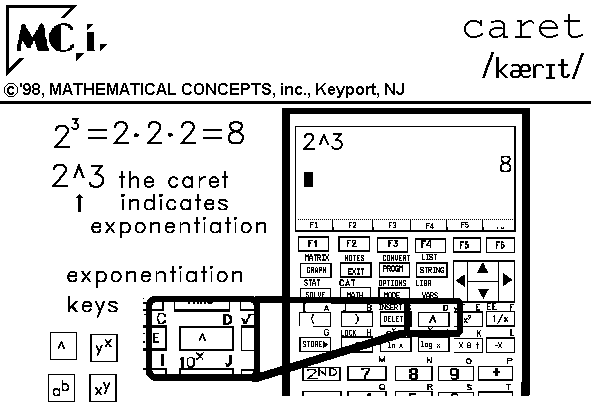

- #UPPER CARET SYMBOL INSTALL#
- #UPPER CARET SYMBOL UPDATE#
- #UPPER CARET SYMBOL PATCH#
- #UPPER CARET SYMBOL CODE#
Step 2: Press and hold the Alt key on your keyboard.Step 1: Place your insertion pointer where you need to type the symbol.
#UPPER CARET SYMBOL CODE#
Let’s illustrate by using the e with grave accent alt code ( 0232).
Obey the instructions below to type the “e” letter with any accent mark over it on the keyboard using the alt codes in the above table.
#UPPER CARET SYMBOL UPDATE#
There is a dedicated command npm update for checking and installing newer versions satisfying semver pattern in table below shows all the alt codes for each of the “e” letters with the accent marks – In lowercases and uppercases (small and capital e with accents).
#UPPER CARET SYMBOL INSTALL#
Running npm install will not re-check if there's an even newer version available than you already have installed. Things change when you already have node_modules populated. The package.json file is evaluated, and satisfying versions are installed for each dependency. When executing npm install on a fresh checkout without existing node_modules, everything works nicely.
#UPPER CARET SYMBOL PATCH#
Now it is likely that there will be no tailored bug fix patch release 1.3.5 for your version, and you end up not getting that bug fix. The bug gets proper treatment and is soon fixed in version 1.5.2. Then a mission-critical bug is discovered that affects every version to date. Today the latest version is actually 1.5.1. The library is well maintained and advances quickly. Let's say you are using version 1.3.4 of a library with a tilde (~) as your dependency. The most common branch that gets a bug fix is the latest stable branch, and it is not that often that they are backported for older versions. When deciding whether to allow patch or minor level newer versions, it is important to note that old versions usually don't receive patches. Contract for Semantic Versioning in package.json.

The safest way is to check the module documentation. A module might use a three-part version number, but increment it as they like. Not every module follows Semantic Versioning. Fixing a bug that wasn't handling certain corner-case in _.find() would make the next release 3.9.3. A new optional argument to _.map would make the next release 3.10.0. Major backward incompatible change to, for example, how _.filter() works, would make the next release 4.0.0. Let's take lodash version 3.9.2 as a starting point.


 0 kommentar(er)
0 kommentar(er)
